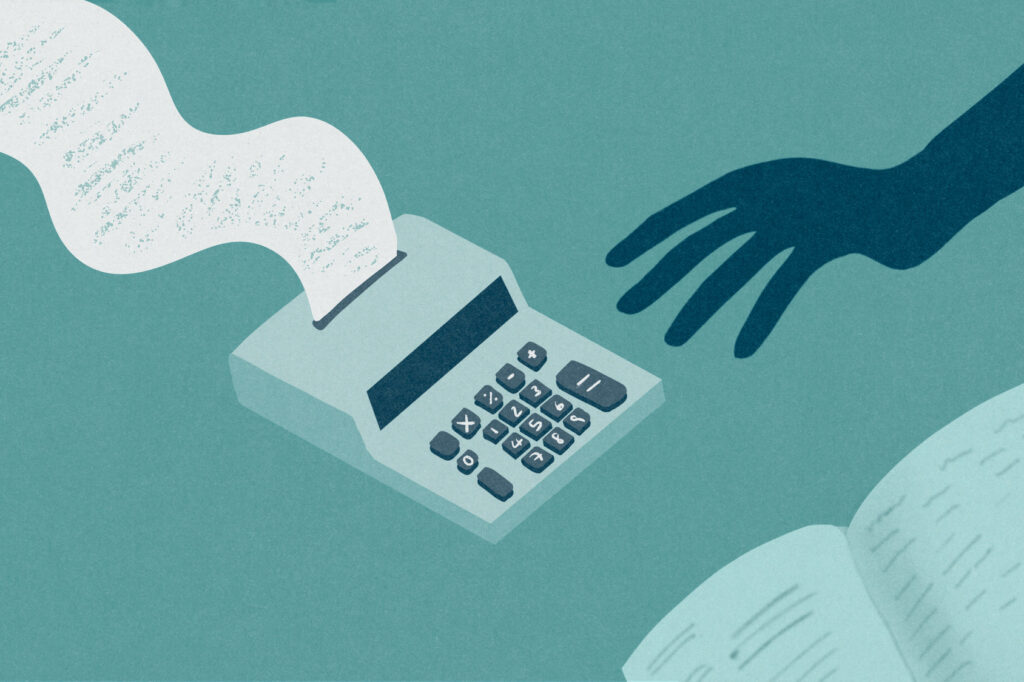Tax time is nearly here, which means it’s almost time to lodge your 2024 tax return in Australia! We get it: taxes aren’t anybody’s favourite thing. However, they don’t have to be stressful! In this guide, we break down everything you need to know about how to do a tax return in Australia in 2024.
Do I need to lodge a tax return in 2024?
If you’ve earned money while in Australia, then it’s very likely you will need to lodge a tax return.
Most international students living and studying in Australia for more than six months are considered Australian residents for tax purposes, which means you have to declare your income on a tax return.
As a resident for tax purposes, you are also eligible for the tax-free threshold of $18,200.
There are limited circumstances where you might not have to lodge a tax return. To find out for sure, check out Do you need to lodge a tax return? on the Australian Taxation Office (ATO) website.
When do I have to do it?
The financial year in Australia ends on 30 June 2024. Tax returns must be lodged between 1 July – 31 October 2024.
While it might be tempting to lodge your return as soon as possible, the ATO advises waiting until later in July to ensure all your information is correctly pre-filled.
ATO Assistant Commissioner Rob Thomson notes that people who lodge early in July are twice as likely to make mistakes on their return due to missing information. Waiting a few weeks allows the ATO to gather all necessary details, reducing the chance of errors.
How do I lodge a tax return in 2024?
The quickest, easiest way is to lodge your return online at myTax through the ATO website. You’ll be prompted to create a myGov account and link it to the ATO. Then just follow the instructions to fill out your return online.
You can also:
- Lodge with a registered tax agent. A list of registered tax agents is available on the Tax Practitioners Board (TPB) website. Make sure you only use a registered agent.
- Lodge a paper tax return.
- Use the Tax Help program – this is a program run by trained volunteers to assist people on low incomes ($60,000 or less per year) to do their tax returns.
- Seek help from a friend or family member; however, they are not legally allowed to charge you a fee.
What will I need?
- Your tax file number (TFN). If you don’t have one, read our article on applying for a TFN.
- A photo ID (like a passport)
- Most employers in Australia use Single Touch Payroll (STP), a system for reporting tax and superannuation information to the ATO. You can access your income statement through your myGov account, where it will be marked as ‘Tax Ready’ once your employer has finalised your income data. Employers should finalise these by 14 July. This streamlined process means less work for you when it comes to completing your tax return!
- If your employer doesn’t use STP, they must provide you with a payment summary by 14 July. This can be sent to you by mail or digitally. Your employer should let you know if you will receive an income statement or payment summary. You should talk to them if you are unsure.
Where do I go for help?
The ATO website is the best place to go with tax questions. Your university’s student or financial services might also offer advice or help with your tax.
How long does it take?
If you lodge your tax return online, you’ll most likely get your refund in roughly two weeks. By mail, it will take about six weeks. Keep in mind that these are simply estimates; processing times may be longer due to a high volume of returns being submitted at the same or other factors.
You can always check your ATO tax return status by logging into your myGov account.
Important reminders
There are a few important things to keep in mind when lodging your tax return, including:
- Even if you get help preparing or lodging your tax return, you must be the one to sign it and you (nobody else) are legally responsible for the legal accuracy of the information included.
- If you fail to lodge your tax return on time, the ATO may apply a penalty. You’ll still be able to lodge your return but you may get a fine of $330. There will also be a further $330 penalty every 28 days the return is overdue. While these charges are capped, it could end up costing you up to $1,650.
You can find a full overview of important tax return information here.





